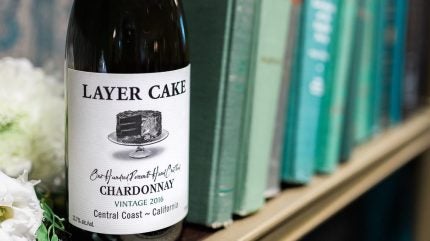
Vintage Wine Estates has undertaken drastic SKU rationalisation, cutting the number of products in its portfolio by half as part of its ongoing bid to return to profitability.
The struggling US wine company, which yesterday (10 May) reported its restated first quarter and delayed second quarter, third quarter and year-to-date financial results, has reduced its headcount by 4% and sold acreage on several of its vineyards as it seeks to reduce its $306m debt.
The company is also in the process of depleting its bulk-spirits inventory to focus solely on wine and its growing cider business.
Speaking to investors and analysts on Wednesday, interim CEO Jon Moramarco said Vintage Wine Estates would look to drive further efficiencies in the coming months.
“We still have a lot of work to do,” he said. “As I mentioned, we reduced our SKUs by half, which has had less than 2% impact on revenue, but should have a meaningful impact on our operations.”
Moramarco revealed the majority of cuts to the portfolio had been “tertiary SKUs” in the group’s wholesale and D2C offering. He said this amounted to around 2,000 lines and added he believed the company could cut its remaining product offer in half again.
On whether this could have a negative impact on how the company was viewed by distributors and retailers, he said: “Sometimes tertiary SKUs divert from the attention on a brand rather than enhancing it… instead of having ten SKUs we may only be looking at five SKUs, but we believe we will actually get much more attention and better shelf positioning with the five than the ten.”
In a bid to improve liquidity and cashflow, Vintage Wine Estates in December sold a portion of its Laetitia vineyard in San Luis Obispo County for $8.7m. In March, the company also sold the Napa-based Tenma Vineyard for $11m. As of 31 March, its debts stood at $306m, down from $328m at the end of June 2022.
Moramarco refused to be drawn on what other assets Vintage Wine Estates could look to divest to raise funds, but said that “everything is on the table” as the company evaluated its remaining wares.
“We are still assessing the different assets that we want to look to monetise,” he said. “We haven’t formally finalised those plans yet… we’re still looking at all of our options, what our asset base looks like, and where we think we can drive the most value to pay down debt.”
In the nine months ended 31 March 2023, Vintage Wine Estate reported net revenue of $224.7m, up $6.5m on the corresponding period a year prior.
Loss from operations stood at $157.1m, on account of non-cash impairment charges of $139.1m recorded in the second quarter. The company blamed this on “more than expected sales declines in certain categories of the wholesale and B2B businesses” as well as revised expectations of future net sales for its Layer Cake wine brand.
Discounting the impact of this impairment, Vintage Wine Estates said it would have recorded an operating loss of around $18m in the first nine months of its fiscal 23.
The company also recorded an adjusted EBITDA loss of $1.4m for the year-to-date, compared with $40.5m in the corresponding period of its fiscal 2022.


